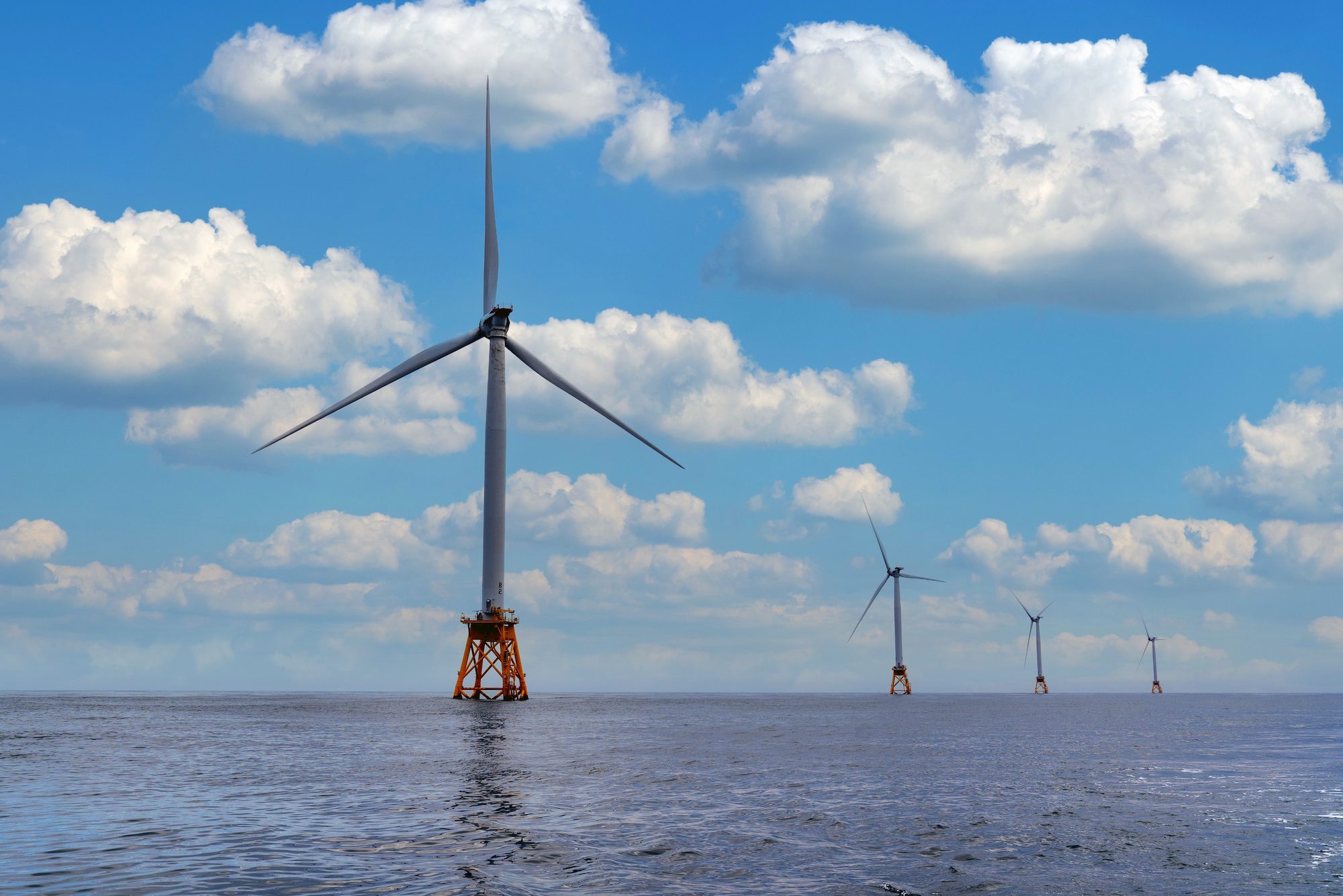Offshore operations are carried out in remote hazardous areas. Yet, their efficiency has a direct impact on the whole shipping industry’s profitability, safety, and environmental sustainability. It is therefore essential to carefully plan and coordinate these activities. To mitigate or completely avoid the risks and ensure successful outcomes, analyzed data plays a crucial role in enabling operators have a better understanding of the conditions in which operations will be run, and make informed decision-making.
The importance of data in offshore operations
An experience exponential growth is expected for various key economic sectors related to the sea over the coming years: ocean transportation of people and goods, renewable energy generation by wind farms or solar plants, oil and gas drilling and extraction, protection of the marine ecosystem…
This generates greater needs for offshore operations:
- wind farms installation/removal and maintenance;
- vessel repair and maintenance;
- seabed mapping and surveying;
- diving operations;
- support services to offshore oil and gas platforms;
- dredging or rig moving;
- roll-up elements on fixed or floating platforms;
- transfer of transporting personnel, equipment and supplies to vessels or to platforms
- etc.
These continuously push the boundaries of where these operations are conducted. In one of the most hazardous and quickly changing work environments in the world, multiple challenges arise. As a matter of fact, offshore operations are not only technically complex but also highly sensitive to environmental conditions.
As specialists in offshore operations, marine contractors have to consider how to complete their tasks within the timeframe set, while minimizing safety risks to their crews and cutting costs. In doing so, they also contribute to the seamless and efficiency of all industries that rely on their services to conduct their own activities.
Data plays a crucial role by providing valuable insights that contribute to improved planning and execution of offshore operations efficiently and safely. Operators rely on accurate and up-to-date information to:
- evaluate the project feasibility;
- identify potential hazards;
- determine the best suitable window for the operation or decide to work on one part of the structure where the sea is calmer and postpone the intervention in another area where the wave and weather conditions are tougher;
- avoid high-risk areas or dangerous situations;
- allocate the appropriate human and material resources;
- select the most suitable operating methods for a particular mission;
- review their processes or better long-term performance;
- get the crew prepared to any specific constraints on site or which they may encounter while on the way (adverse weather conditions, rough seas, piracy risk…).
Various types of data that are collectively referred to as “metocean data” are critical. Combining meteorology and oceanography, metocean analytics provide invaluable insights for marine contractors conducting daily maritime activities and projects. This information covers various aspects:
- weather data: wind speed, strength and direction, humidity, air temperature, atmospheric pressure, solar radiation, precipitation …;
- sea state: wave height and direction, water depth, temperature and salinity, tide and surge variations, sea currents;
- other environmental factors that could prevent the smooth running of operations.
IoT-enabled and strategically placed sensors and AIS equipment gather and share real-time data that surpasses the capabilities of traditional wave buoys in terms of coverage, accuracy, and efficiency, spanning across multiple square kilometers. Whether on a remote site or at the marine operations base, operations manager can access updated dashboards on any device to view actual sea state conditions. Cross-referencing this information with accurate localized weather forecasts provides a more precise and comprehensive overview of the situation, allowing for adjustments to be made to planning as needed.
Furthermore, in order to get maximum value, this data must be combined with satellite observations, as well as historical data and models from specialists like Sinay. Sinay’s high-performing environmental & logistic solutions based on Artificial intelligence are dedicated to serving stakeholders in the shipping industry, especially marine contractors.
Using analyzed data to improve safety in offshore operations
Offshore operations take place in deeper waters and harsher environments. When conditions aren’t at their best, ?for example in rough seas or during windy or stormy days, the risks to people, equipment, and assets are significantly higher. This increases the likelihood of collisions and other accidents.
Data helps operations to thoroughly assess the risk prior to any offshore operation in order to identify any security threats, especially those pertaining to the environment, and implement all appropriate measures and safeguards. This has further implications, if only to mention compliance with regulations, for example regarding crew training on security procedures, emergency response protocols, first aid, fire safety, security threats identification and reporting.
Effective offshore operations can lead to greater efficiency and cost savings
Effective offshore operations allow marine contractors and their client companies to lower their operating expenses and improve their bottom line. Here are some key areas where their performance makes the difference:
- Prevent costly downtime, thanks to predictive approach for machinery and equipment;
- Increase the lifespan of the material and facilities;
- Cut-off the risk of accidents at sea that may cause death, severe injuries and material damage;
- Get the capacity to handle unprecedented, large-scale projects, allowing expansion of the company’s client portfolio and exploration of new, highly specialized areas of expertise, each potentially means big companies;
- Increase their productivity and preserve their competitiveness
- Share data in real-time with multiple shareholders and allow smooth and uninterrupted communication (both in-house and externally, with sailing vessels, shore-based teams and authorities – ports, shipping lines, oil & gas companies, etc.).
Additionally, operators can use metocean data to ensure that their operations are carried out in an environmentally responsible manner.
GEOxyz tackle its operational challenges thanks to Sinay’s Metocean Analytics
The partnership between GEOxyz and Sinay serves as a perfect example of how high-quality metocean data analysis can benefit offshore operations by significantly enhancing efficiency.
This European leading service provider is specializing in Marine surveys and Offshore Renewable support activities. Having an extensive list of clients, GEOxyz provides support services to major energy suppliers in renewables and oil & gas, authorities, maritime construction, and dredging companies.
GEOxyz was seeking a powerful solution to accurately forecast weather-related downtime during the tendering and planning stages of their offshore operations. By maximizing the number of non-operational days for each vessel of their fleet and offering realistic scheduling to clients, the company aimed at benefiting increased efficiency and strengthened reputation in its industry.
To tackle this challenge, GEOxyz turned to Sinay, which core business is to allow maritime stakeholders take advantage of innovative and disruptive technologies through advanced digital tools. In this regard, GEOxyz adopted Sinay’s Metocean Analytics with Advanced Weather Downtime with great success. The team welcomed the positive changes.
“Making sure that the weather downtime of our offshore operations is estimated as precisely as possible is one of our main challenges in tendering. Thanks to Sinay’s Metocean Analytics with the Advanced Weather Downtime feature, we can analyze the metocean data in advance to plan and price the optimal period of execution to realize offshore operations.”
Overall, effective planning enabled by the use of analyzed data is essential for ensuring the safety and success of offshore operations, minimizing risks, reducing OPEX. By leveraging the latest technology and insights within Metocean Analytics, Sinay help operators to make more informed decisions and achieve better results, even in the most challenging conditions. By extension, a constantly evolving maritime industry can harness this efficiency to become safer and more environmentally sustainable.

 Join The Club
Join The Club











